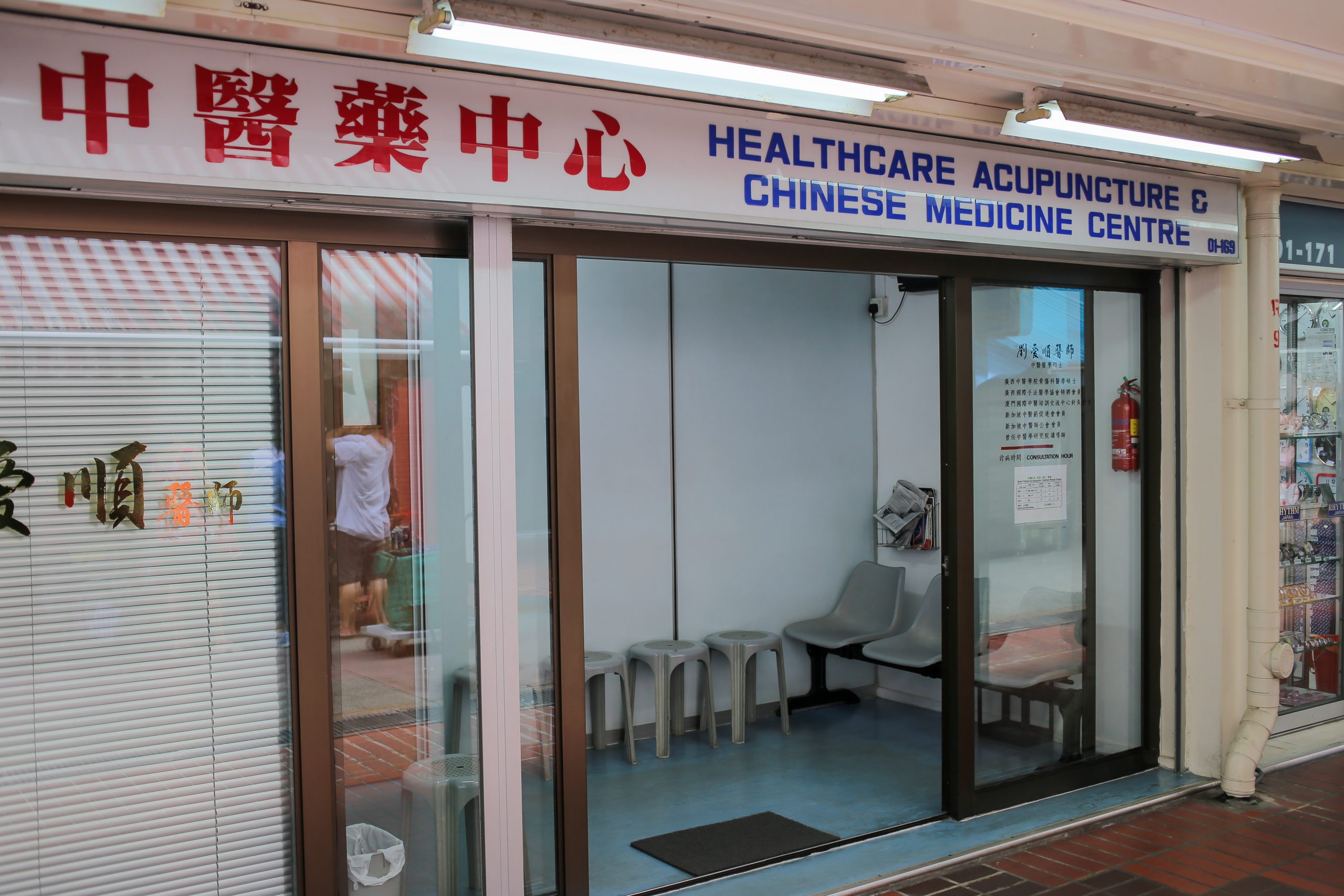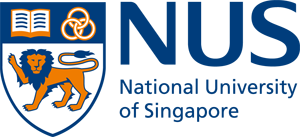The Making of Modern Chinese Medicine in Singapore: Actions and Interactions of the State and Professional Organizations (1867–2013)
June 27, 2025
Traditional Chinese Medicine (TCM) has long been a quiet but enduring presence in Singapore, as seen in the unassuming clinics tucked into the corners of bustling neighbourhoods, or in the familiar glass jars of herbs at void deck shops passed down through generations. Amidst this everyday presence, where does TCM stand within Singapore’s modern healthcare system? At the Public Free Clinic Society’s 50th anniversary in October 2024, Health Minister Ong Ye Kung emphasised MOH’s aim to align TCM with Healthier SG efforts, ensuring quality preventive care reaches more Singaporeans. This recognition speaks not only to the relevance of TCM in public health but also to its deep entrenchment in local communities. But how did TCM take root and evolve into what it is today in Singapore, a modern and multiracial city-state shaped by a distinct postcolonial trajectory?
In The Making of Modern Chinese Medicine in Singapore: Actions and Interactions of the State and Professional Organizations (1867–2013) (National Taiwan University Press, 2025), Dr Yang Yan (NUS Chinese Studies) offers a comprehensive historical account of TCM in Singapore. Drawing on extensive archival research and framed within the broader currents of migration, colonialism, and nation-building, she traces the development of Chinese medicine from its 19th-century introduction by Chinese immigrants to its current status as a state-recognised healthcare modality.
The book covers topics such as self-regulation through medical associations, the institutionalisation of Chinese medicine education via the Singapore College of TCM, and the development of local research frameworks adapted to Singapore’s multicultural context. In contrast to China’s model of integrating Chinese and Western medicine into a unified framework, Singapore has adopted a science-oriented, dual-track approach where TCM operates alongside, rather than within, the biomedical system. Dr Yang Yan exemplifies this through the proliferation of charitable TCM clinics like Thong Chai Medical Institution and Chung Hwa Free Clinic which reflects Singapore’s tradition of community-based healthcare uniquely rooted in philanthropic traditions that originated in China during the Ming and Qing dynasties.
Beyond its historical detail, the book contributes to the broader discourse on overseas Chinese culture and the pluralisation of Chinese traditions. As Professor Ong Chang Woei, Head of NUS Chinese Studies and Chair of the editorial committee for the Studies of Chinese Overseas series, notes, “As Chinese medicine ‘migrated’ into a new society and encountered different authorities and cultural contexts, it gradually thrived in many ways diverged from its place of origin.” Meanwhile, Professor Chang Chun-che, Director of National Taiwan University Press, emphasises the importance of localised perspectives in Sinological scholarship, calling the new book series a vital platform to “advance the spirit of scholarly inquiry” through Chinese-language academic research.
Dr Yang Yan reflects on the book’s deeper intention, emphasising the need to understand the unique features of TCM in Singapore by first looking into its past. Only by doing so, she argues, can we meaningfully shape its future development in a way that suits the local context. This historical perspective is crucial for guiding the continued growth of TCM to better serve Singapore’s evolving healthcare needs.
Order The Making of Modern Chinese Medicine in Singapore: Actions and Interactions of the State and Professional Organizations here.

